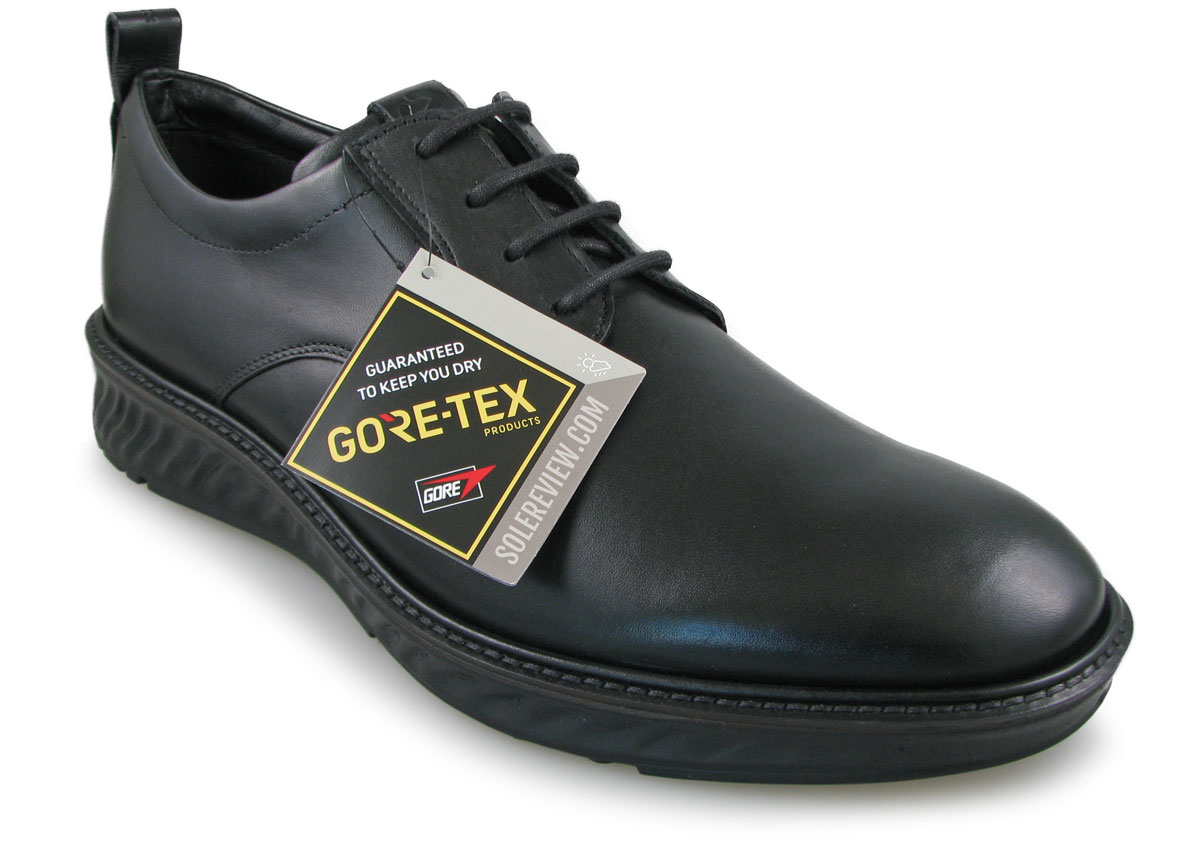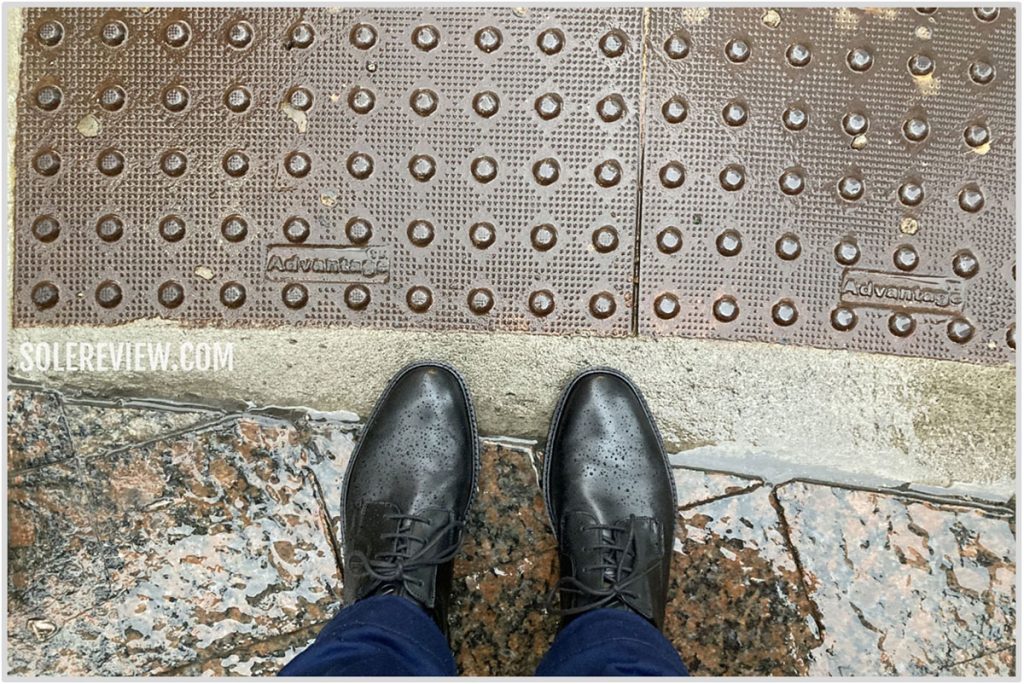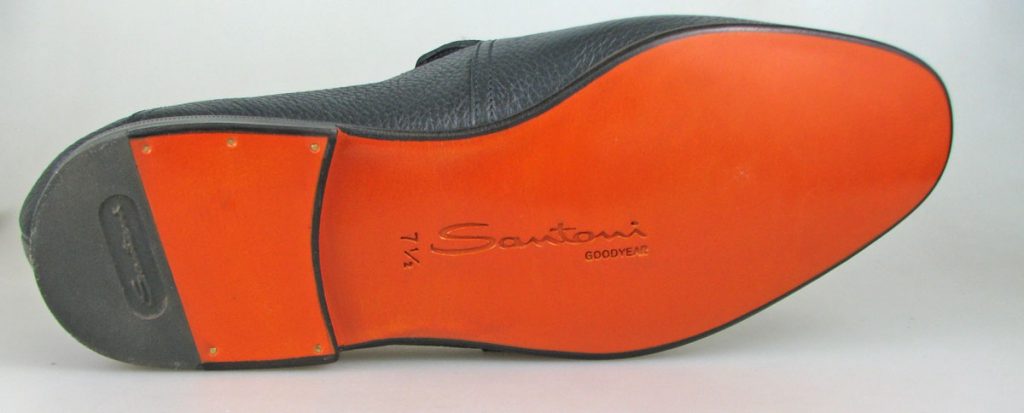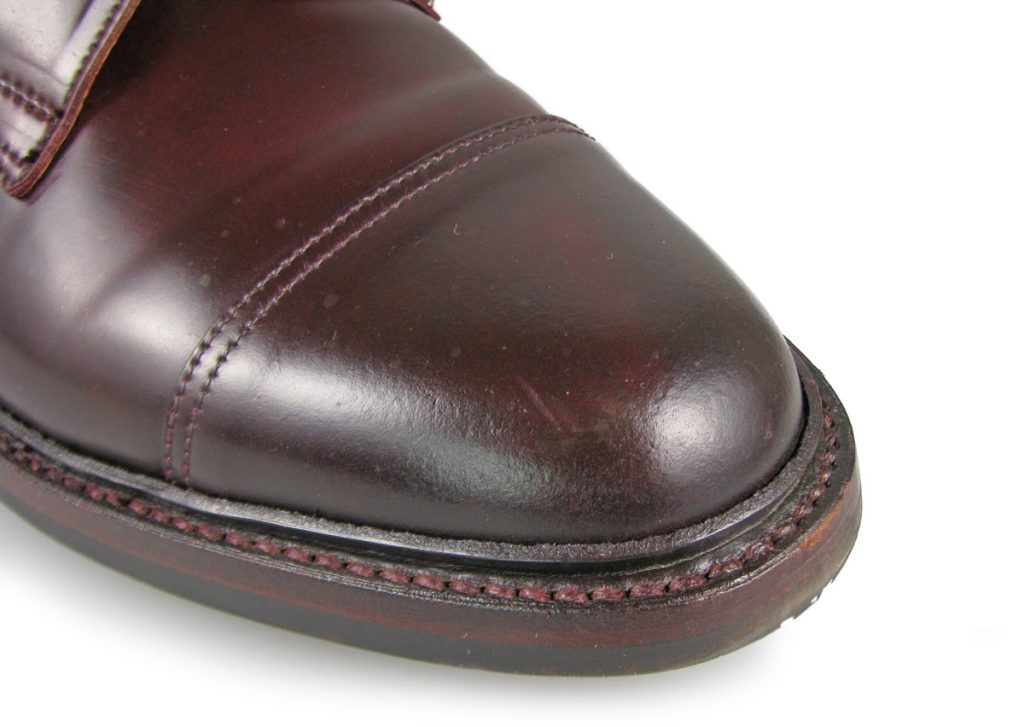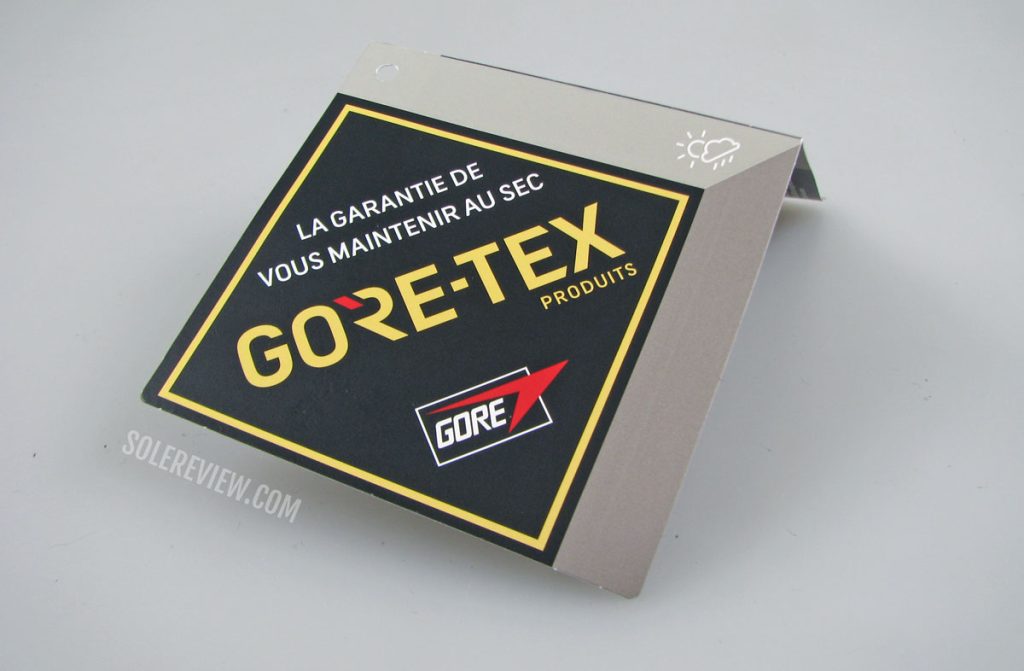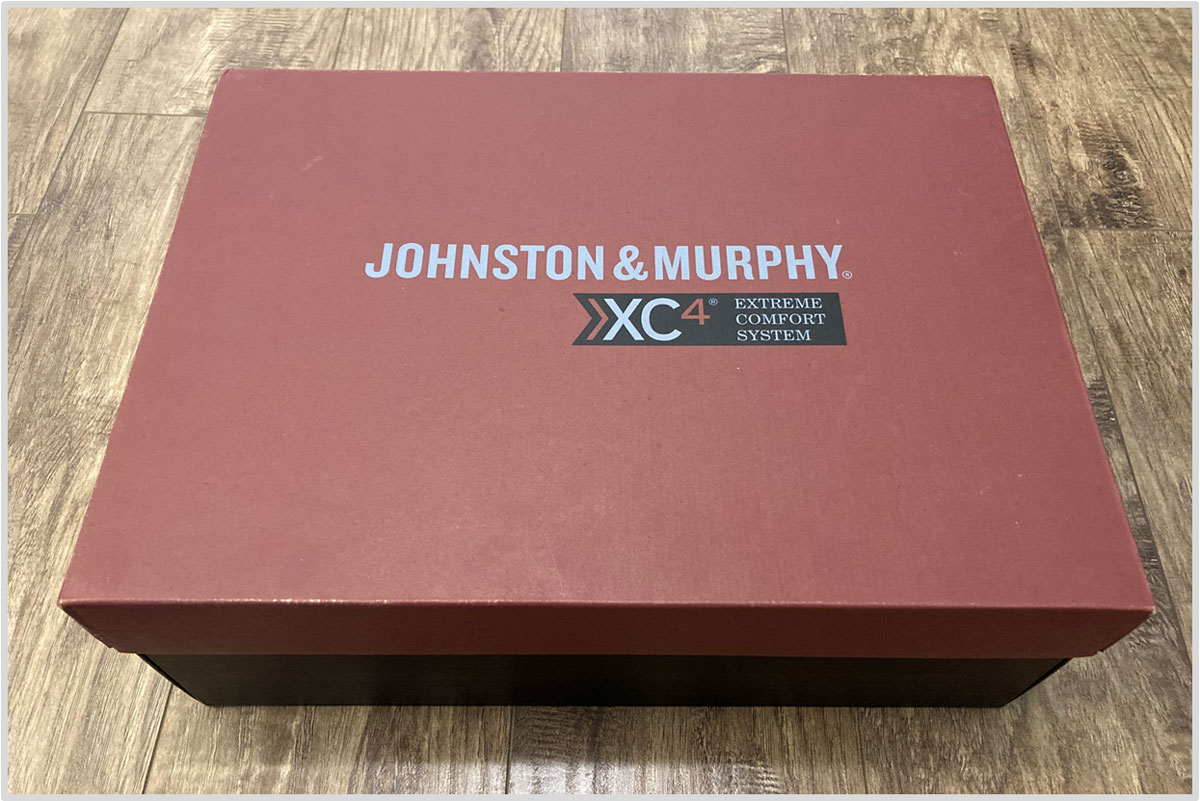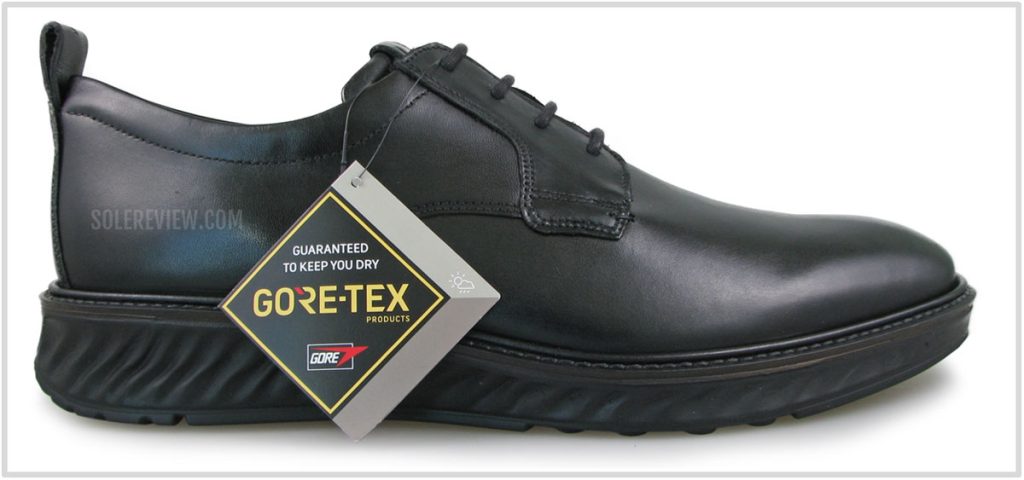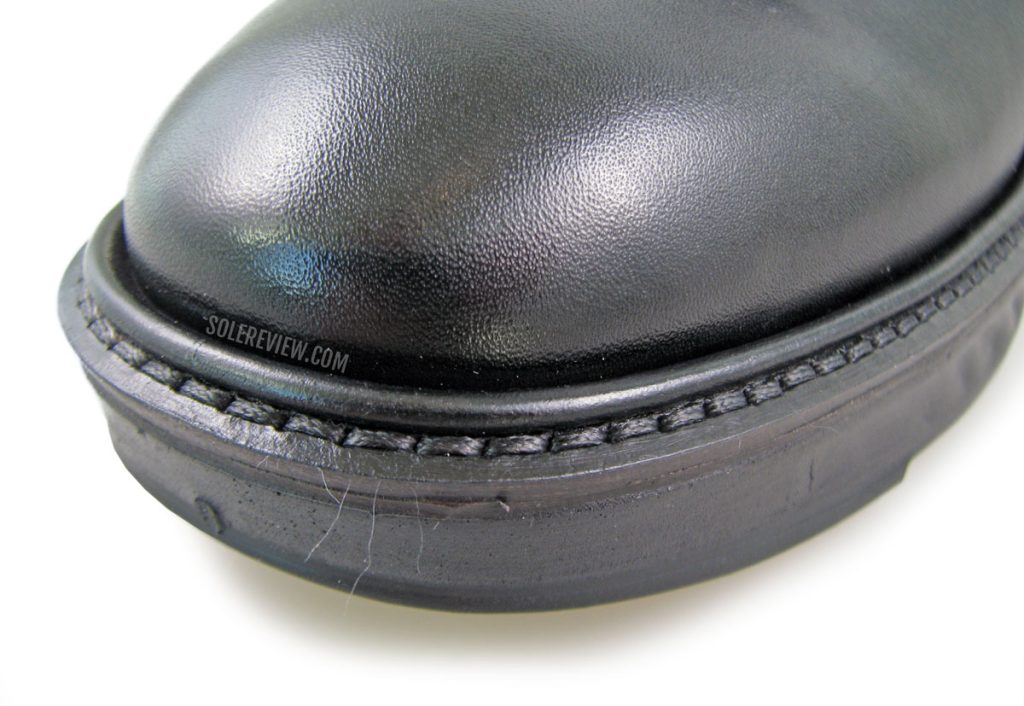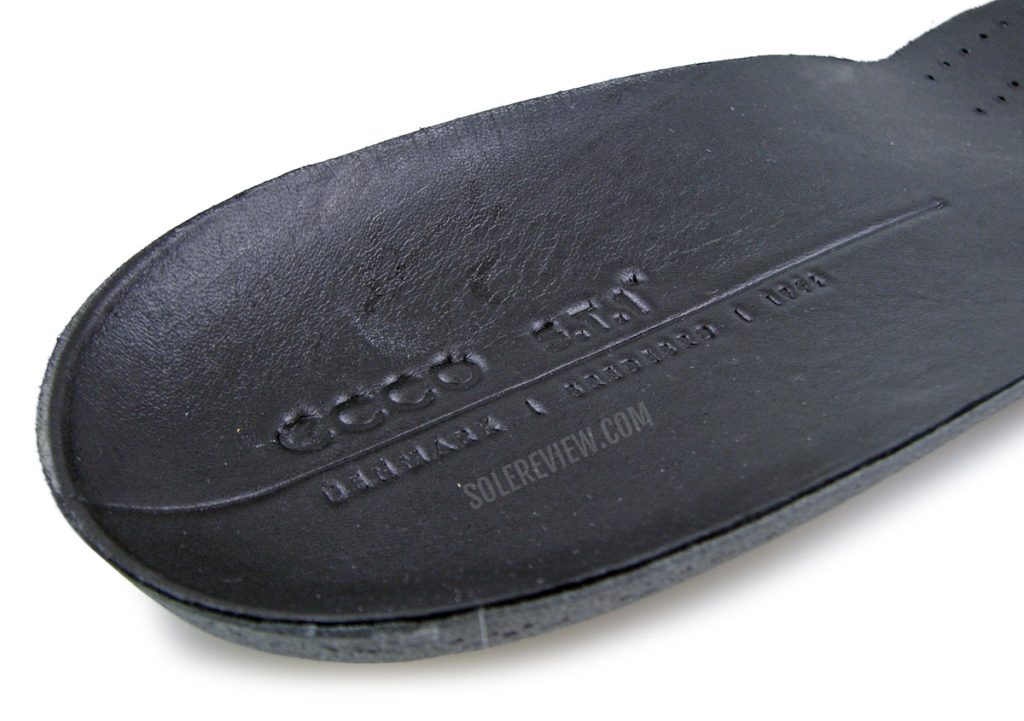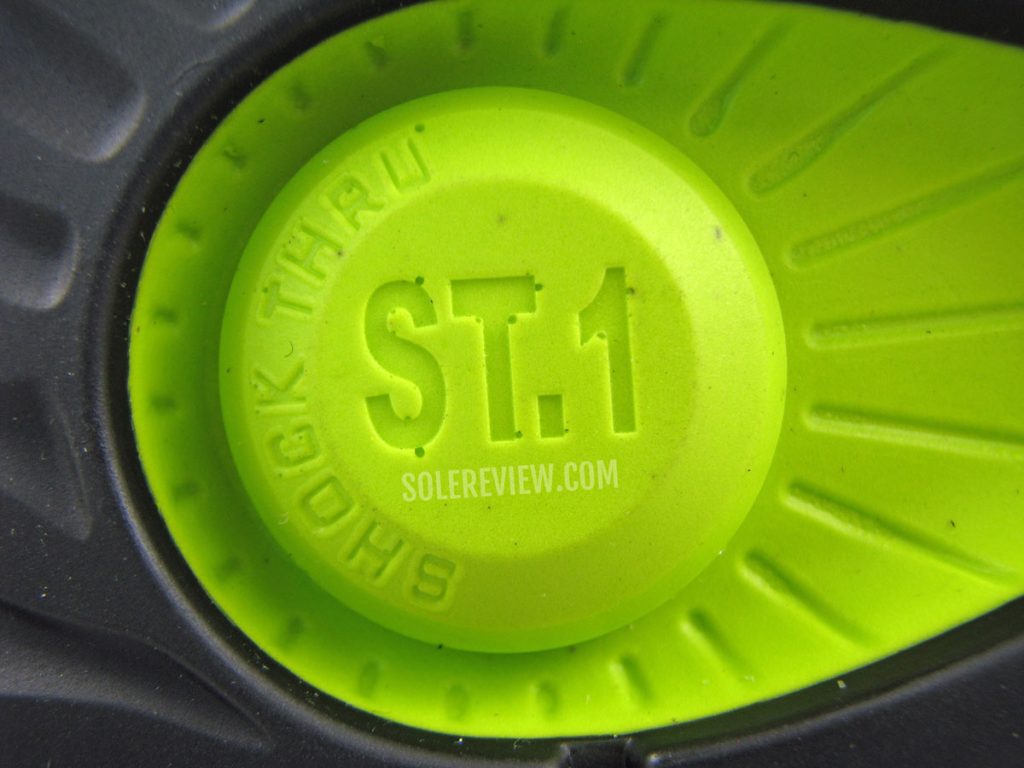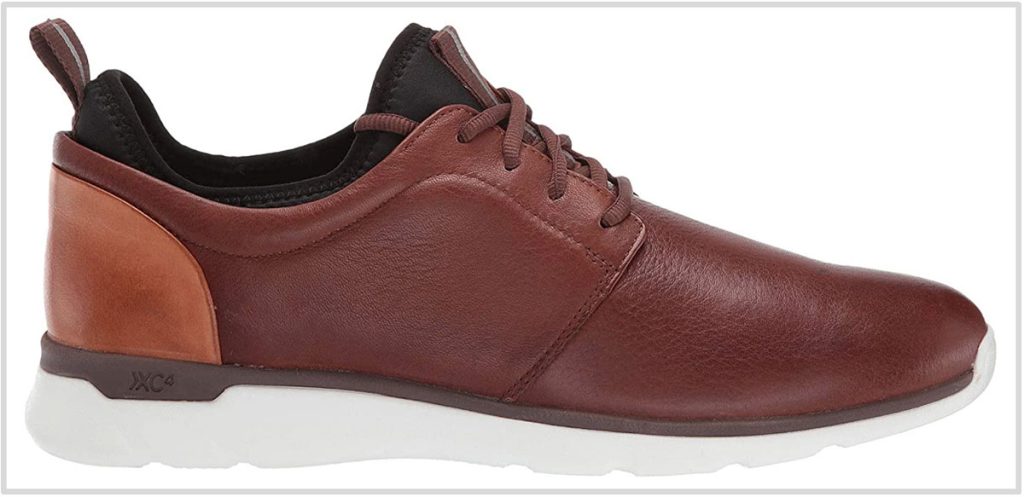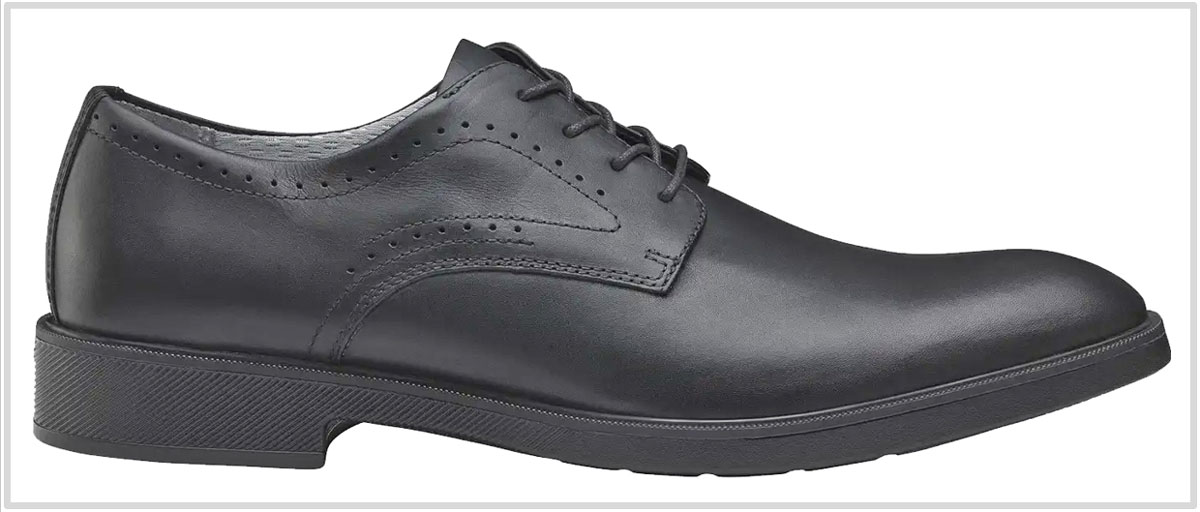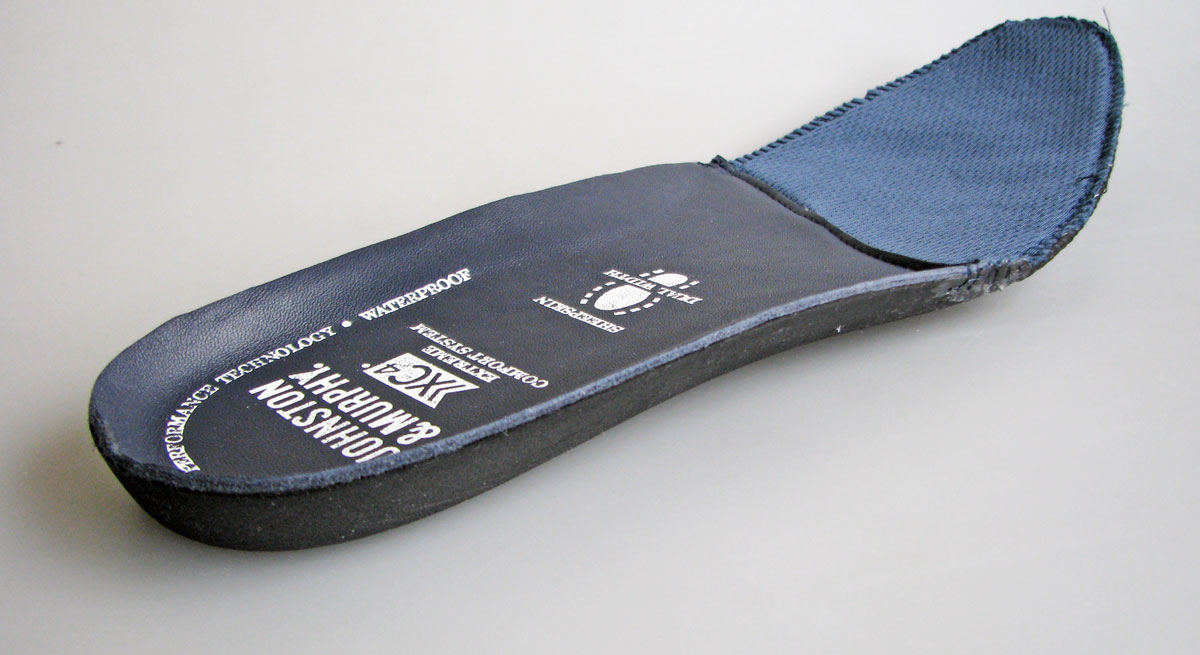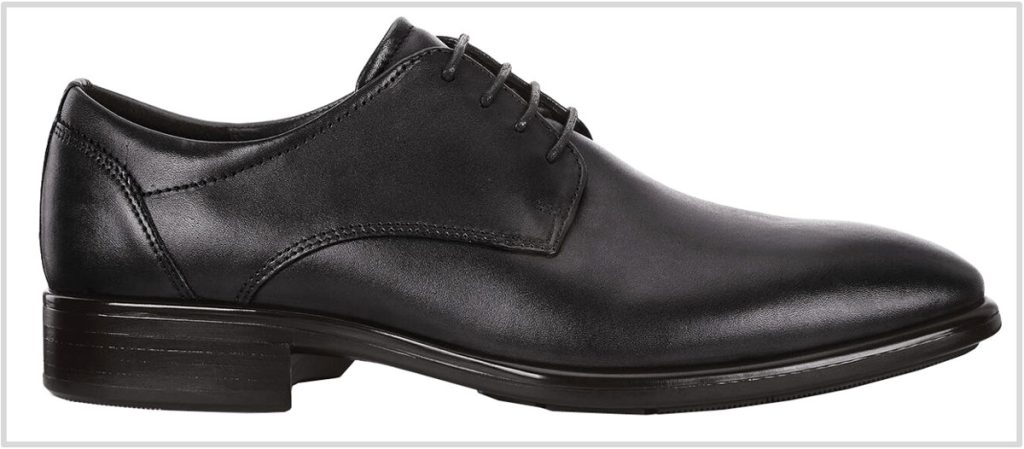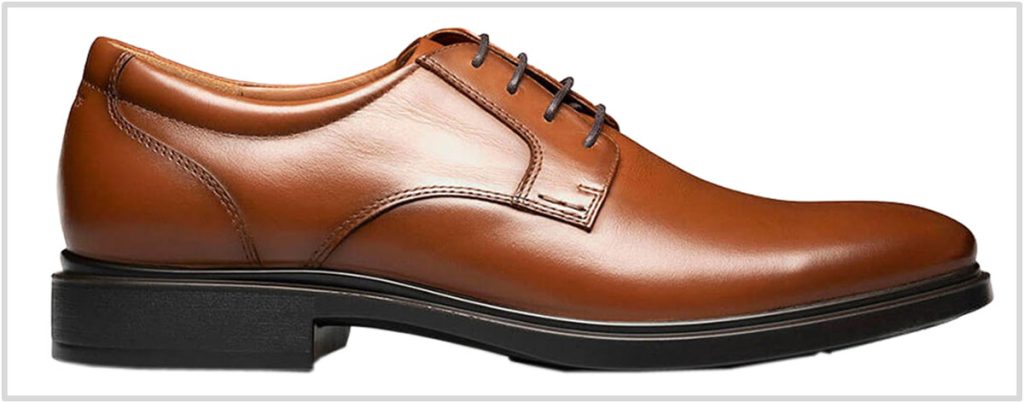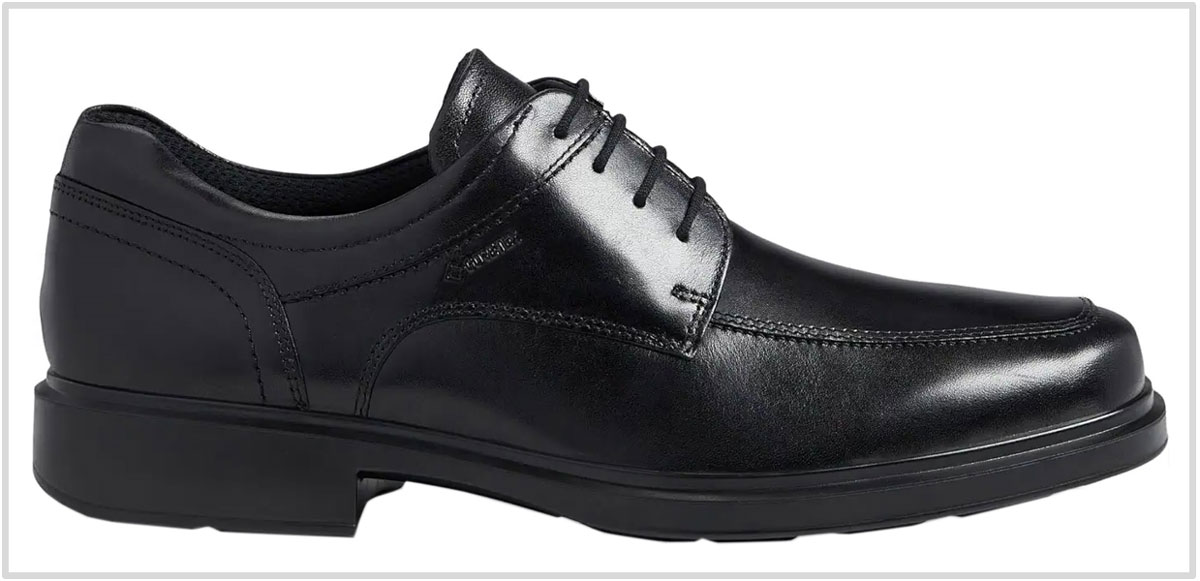This article has been updated for December 2023. The Johnston & Murphy Maddox XC4 and Ecco Helsinki 2.0 are new additions. The J&M Lancer Wingtip has been removed.
In this product guide:
There are only three ways to keep your dress shoes dry when it rains. The first method is the easiest – negotiate a permanent work-from-home arrangement with the boss person. That way, if you stop commuting to work, your office shoes stay home and dry.
The second is somewhat of a middle ground, as it involves buying a pair of Galoshes to cover the shoe. However, this won’t prevent the water from entering from the top. Also, thin Galoshes aren’t very durable and they also dilute performance areas like the outsole traction.
If you want to go the Galoshes route, then we recommend the Swims Galosh. Or any other Galosh you can find at your local shoe store. As long as it’s not made of PVC, the brand and price don’t matter.
We prefer the third way, which is to buy a pair of waterproof dress shoes. Ok, calling them ‘dress shoes’ may not be accurate since they tend to fall into the dress-hybrid category. Like the products featured in our comfortable dress shoe guide, these dress-sneaker hybrids use a non-leather sole.
However, these products outperform traditional office footwear during rainy weather, and we say this for a few reasons:
Non-waterproof leather uppers are prone to damage from moisture
When a high-quality dress shoe without a waterproof upper absorbs water, the leather turns brittle. The natural oils within the fibers bind to the moisture and make the leather dry and stiff.
Ironically, the better the leather, the more prone it is to moisture damage. High-grade Aniline leather lacks a corrective coating on top, thus absorbing water rather easily. Deerskin is somewhat of an exception as it doesn’t turn brittle after getting wet. But Deerskin is less commonly used in dress shoes because of its unique texture and hand feel. For example, it is nearly impossible to achieve a perfect dress shoe polish on deerskin.
So even with a fancy waterproof Galosh, it’s best to leave behind your pricey Edward Green, Paolo Scafora, or Santoni dress shoes at home instead of taking them to work.
Sure, dress sneakers have highly-corrected leather of a lower grade, but that’s the understandable trade-off for waterproofing.
Protective sprays are ineffective and damage the leather
One of our pet peeves is a store associate trying to upsell a ‘protective waterproof spray’ with your leather shoe. Never, ever buy those sprays. Here’s why.
If you’re already buying a waterproof leather shoe, what good is the spray?
On the other hand, if you’re planning to buy a regular leather shoe and make it water-resistant by using the said spray, then that doesn’t make sense either.
A spray does not make a regular leather upper waterproof. Shoes get their waterproofing properties from a membrane or laminate like Gore-Tex, and not because of surface treatment.
As a side note, surface finishes like DWR work well on garments. But again, such apparel are merely water-repellent and not waterproof.
Waterproof sprays will ruin high-quality leather uppers, as the chemicals block the ‘grains’ on the surface. Not only does this affect the breathability, but also makes it more difficult for the leather to absorb the essential oils from conditioning creams.
So the next time you’re offered such a spray in a shoe store, politely decline.
Synthetic outsoles have better traction on wet surfaces than dress shoe outsoles
Most conventional shoes for the office use leather soles with rubber inserts under the heel and forefoot. A lot of high-end leather shoes will use no rubber at all. This makes the soles and upper susceptible to water entry – even with a fancy-sounding construction like ‘Storm Welt’.
A Storm Welt is nothing more than a variation of Goodyear Welting. As you can see in the picture above, the raised welt forms a ‘cup’ around the leather upper. However, a storm welt alone does not make the shoe waterproof. On the other hand, a rubber or foam outsole doesn’t absorb moisture.
A rubber sole also provides superior traction. A grippy outsole is extremely important for walking on rained-on walking surfaces, and that’s where a dress sneaker will outperform a leather sole.
Dress sneaker hybrids are more comfortable
Last year, we wrote a buyer’s guide that made the case for dress-athleisure shoes.
By combining traditional dress shoe styling with elements from athletic footwear design, these contemporary products offer a higher degree of comfort than conventionally constructed footwear.
Features like foam-lined footbeds and cushioned midsoles significantly elevate the level of fit comfort.
Based on our wear-testing and research, two brands sell shoes with reliable waterproofing. Ecco relies on proven Gore-Tex technology to make their shoes waterproof, and they perform as advertised. Our review of the Ecco ST.1 Hybrid GTX attests to that.
Our other preferred brand is Johnston & Murphy.
Even though their shoes do not use Gore-Tex, their proprietary XC4 waterproofing is very effective.
While there are exceptions, we’ve deliberately featured uppers with a plain toe design. Those are easier to wipe clean when compared to brogue wingtips or cap-toes.
Lastly, if you want a weatherproof shoe that’s closer to a true dress shoe than a dress sneaker, then we recommend weatherproof shoes from Allen Edmonds.
The shoes are arranged in our order of recommendation:
1) Ecco ST1 Hybrid Gore-Tex
The Ecco ST.1 Hybrid GTX is our top pick for several reasons. Thanks to the conventional derby styling, it’s the dressiest of the lot. Therefore, it’s going to blend into most formal workplace settings.
Besides the clean visual design in an all-black color, it helps that the Polyurethane midsole has a real welt attaching it to the upper. Our in-depth review is here.
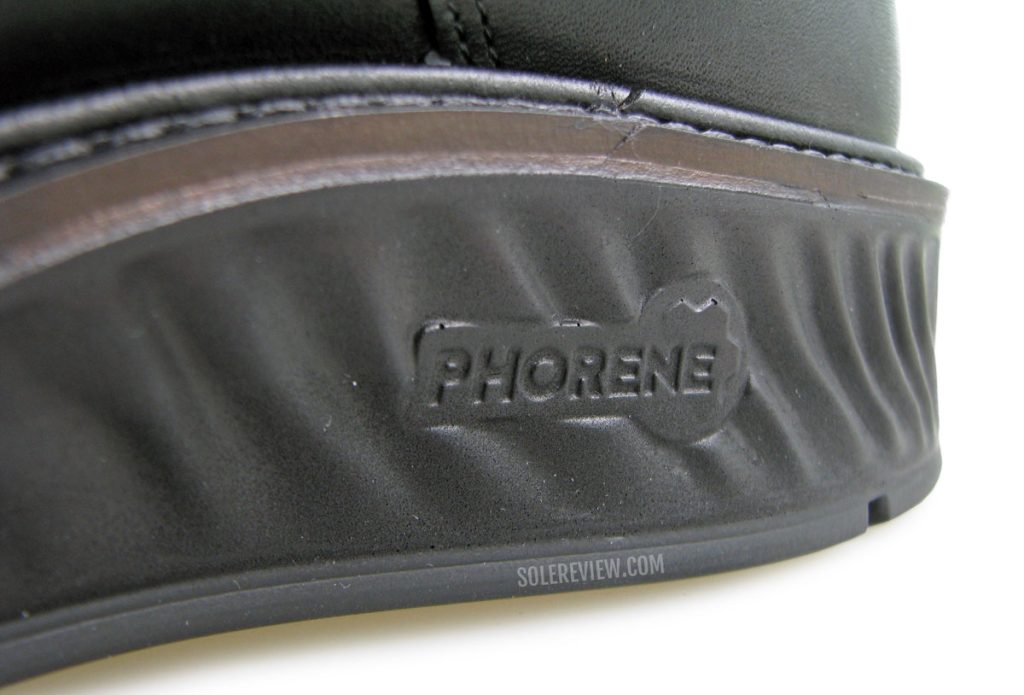
The ST1 Hybrid’s midsole uses Phorene – a PU foam variant that is relatively softer than standard PU soles.
There’s plenty of ride comfort as well. A leather-lined footbed with a molded arch delivers a plush and supportive layer of step-in comfort.
The Polyurethane midsole that Ecco calls ‘Phorene’ offers everyday comfort and stability. The synthetic rubber outsole is traction-friendly as well.
The ST.1’s Gore-Tex waterproofing is effective, but with a caveat. This is a low-cut shoe, so prolonged exposure to rainy weather will cause the water to enter through the tongue opening.
2) Johnston & Murphy Prentiss Plain Toe
The J&M XC4 Prentiss Plain Toe is the only shoe on this guide with a bootie construction.
Instead, the upper has a completely closed heel collar that does an excellent job of keeping the water out. The Prentiss is a part of J&M’s XC4 (short for extreme comfort) assortment, so it’s loaded with comfort-oriented features.
The Sheepskin footbed of the removable insole makes the interiors plush; underneath, a dual-density midsole combines EVA foam with a Polyurethane outsole for traction and stability.
Just know that the Prentiss and Maddox have a ‘dual width’ insole, meaning there’s (another) functional footbed below the insole. Removing the insole will reduce some cushioning comfort but increase the interior space for wider feet.
3) Johnston & Murphy Maddox XC4
The J&M Maddox is the closest you can get to a traditional derby dress shoe. There’s no clutter on the upper; just a plain toe with a couple of leather panels over the midfoot. A decorative stitch and faux brogue details add some design depth to the back.
The insides are very comfortable, thanks to the padded heel, tongue, and full interior lining. The leather-covered footbed also makes a huge difference.
Like most J&M shoes, the Maddox’s ‘dual-width’ insole is leather-lined and can be removed to create more interior space. The insole and midsole stack add plenty of ride comfort for all-day wear.
Rubber is applied selectively for durability and grip. Generally speaking, outsoles with rubber inserts grip much better than all-foam outsoles.
4) Ecco CityTray Plain Toe GTX
Functionally speaking, the Citytray GTX offers no additional waterproofing benefits over the ST.1 Hybrid. Both models share a half-gusseted upper with a Gore-Tex lining, so neither is better or worse during a rainy day.
However, the CityTray’s silhouette is more traditional – thanks to its heeled Polyurethane midsole/outsole. In contrast, the ST.1 Hybrid lacks a separate heel block.
The Citytray isn’t lacking in ride comfort, though. The leather-lined footbed is comfortable, and so is the PU midsole. Since it lacks a welt or a rubber outsole, it’s a lighter shoe than the ST.1 Hybrid.
5) Florsheim Forecast plain toe
The aptly-named Florsheim Forecast is waterproof, so that you don’t have to check the weather forecast before leaving for work. Along with the Ecco ST.1 Hybrid and Citytray, this shoe is another safe styling choice that gets its footwear-101 right.
The waterproof lining aside, the Forecast is a well-built dress shoe hybrid with a comfortable fit and ride quality.
To be specific, the supple leather upper and the padded lining make the interiors very comfortable. The tongue even has a folded flap with soft leather lining. The waxed laces give the upper a dressy touch as well.
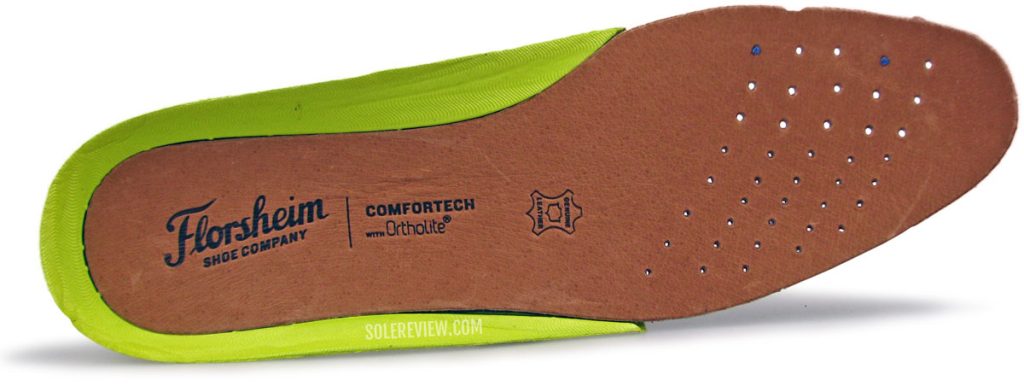
The removable insole is extremely comfortable. A leather footbed covers the dual-density foam insole.
The removable insole is fantastic; it could be straight out of a running shoe. The molded leather-lined footbed and EVA frame blend cushioning softness with under-arch support.
Finally, the grippy outsole is non-marking – a feature that no other shoe on this guide has.
6) Ecco Helsinki 2.0 GTX
The Ecco Helsinki 2.0’s apron toe (square toe) – differentiates it from other dress-hybrid shoes. The Helsinki is also a good alternative to a ‘bicycle toe’ design, as the stitched-on apron achieves a similar effect.
Like most shoes on this list, the Helsinki’s waterproof membrane isn’t apparent from the outside. There’s a tiny embossed Gore-Tex logo on the leather upper, and that’s the only clue that tells you that this Helsinki variant is waterproof.
Ecco uses a Derby-style construction for the waterproof Helsinki, and the 2.0 model also features Ecco’s latest – the ‘dual-width’ insole.
We first saw this on Johnston and Murphy shoes many years ago, and how it works is fairly straightforward.
The insole can be removed to make the upper more spacious, but at the cost of cushioning comfort. The footbed under the insole isn’t as cushioned, so the shoe feels stiffer without the supplied footbed.
Though the PU foam midsole makes the Helsinki comfortable, the insole is what produces the ‘step-in’ comfort.

